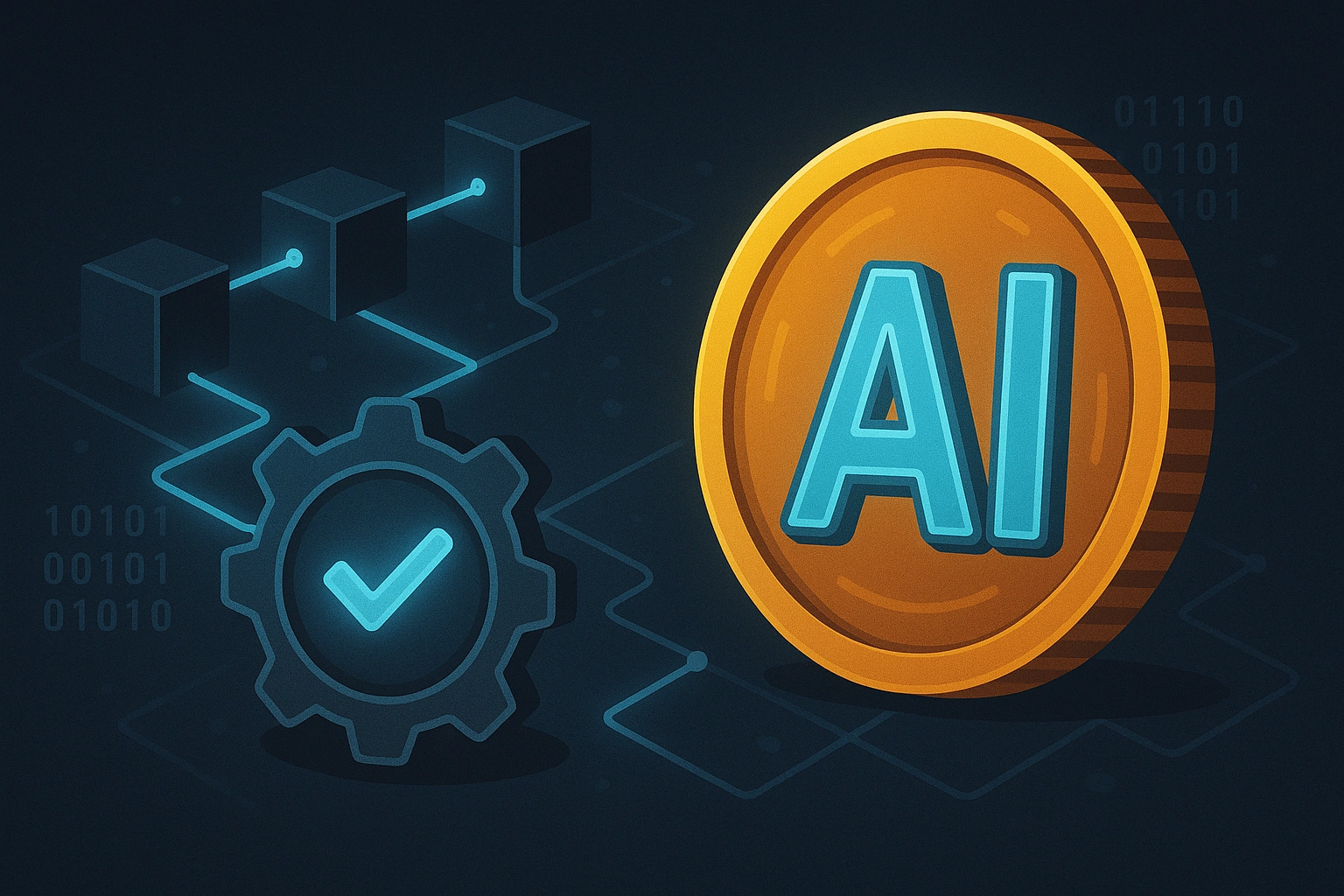The blockchain ecosystem has evolved through several consensus mechanisms — from Proof of Work (PoW) to Proof of Stake (PoS) and hybrid models. Now, with the rise of artificial intelligence, researchers are exploring a novel concept: Proof of Useful Intelligence (PoUI).
This new approach aims to replace energy waste in traditional mining with efficient mining through AI work, creating the foundations for energy-efficient AI crypto networks.
What Is Proof of Useful Intelligence?
Proof of Useful Intelligence (PoUI) is a consensus mechanism where the computational effort of miners or validators is redirected toward solving AI-related tasks instead of wasting energy on arbitrary puzzles (as in Bitcoin’s PoW).
Instead of hashing, participants contribute by:
- Training machine learning models
- Running inference tasks
- Processing datasets for decentralized AI applications
The output is both a consensus “proof” and a contribution to global AI development.
Consensus AI: A Smarter Way to Secure Networks
Consensus AI refers to the integration of artificial intelligence into consensus protocols. Unlike traditional mechanisms, AI can optimize block validation, detect anomalies, and improve network efficiency.
Potential benefits of consensus AI include:
- Fraud detection – AI models can flag suspicious transactions in real time.
- Dynamic difficulty adjustment – Learning algorithms can rebalance workloads to stabilize networks.
- Resource optimization – AI can assign computational tasks more effectively among validators.
Consensus AI could become a key driver in the evolution of decentralized systems, ensuring both security and scalability.
Efficient Mining with AI Work
In traditional mining, computational power is used to solve cryptographic puzzles that don’t provide external value. With efficient mining using AI work, this power is redirected toward:
- Training neural networks for decentralized applications
- Running inference tasks that feed back into AI marketplaces
- Providing compute resources to users who need AI model execution
This approach could transform blockchain mining from a cost center into a productive ecosystem.
Toward Energy-Efficient AI Crypto
One of the biggest criticisms of crypto has been its energy consumption. By integrating proof of useful intelligence, blockchains can:
- Reduce carbon footprint – Energy is spent on tasks with real-world utility.
- Create dual value – Consensus is maintained, and AI work is advanced.
- Attract eco-conscious adoption – Both regulators and investors increasingly demand greener crypto solutions.
In short, energy-efficient AI crypto could become the new standard for sustainable Web3 infrastructure.
Challenges Ahead
Despite its promise, PoUI and consensus AI face significant hurdles:
- Complex implementation – Aligning AI tasks with consensus without compromising security.
- Data availability – Ensuring decentralized and verifiable datasets.
- Incentive design – Properly rewarding contributors for both consensus participation and AI work.
Research is ongoing, but several projects are already experimenting with these concepts, signaling strong future potential.
Conclusion
Proof of Useful Intelligence represents a paradigm shift in blockchain consensus: instead of burning electricity for useless computations, crypto networks can channel mining power into meaningful AI tasks.
By combining consensus AI, efficient mining with AI work, and energy-efficient AI crypto design, the industry could achieve both sustainable networks and accelerated AI innovation.
Bottom line: the future of crypto consensus may not just secure transactions — it could also fuel the next generation of artificial intelligence.




